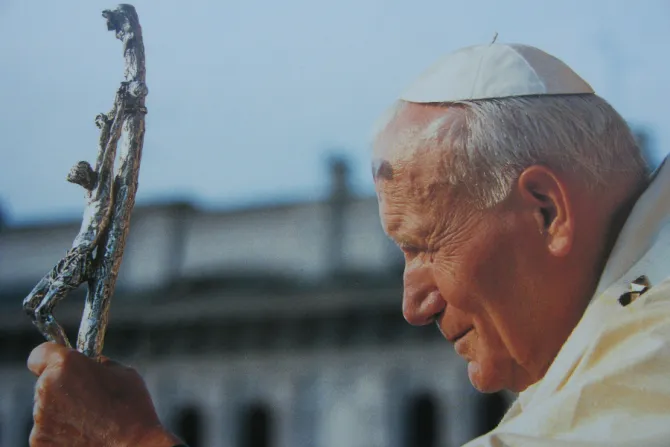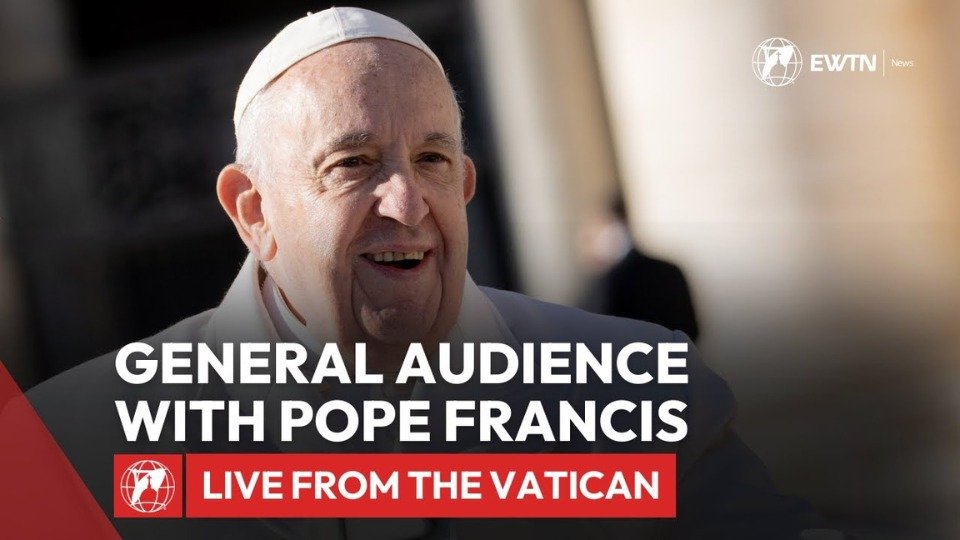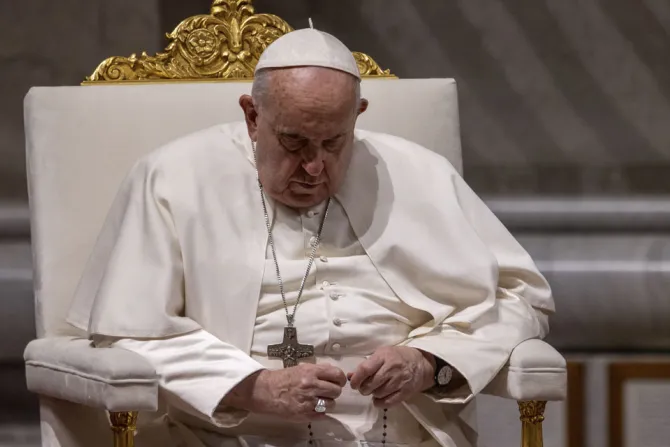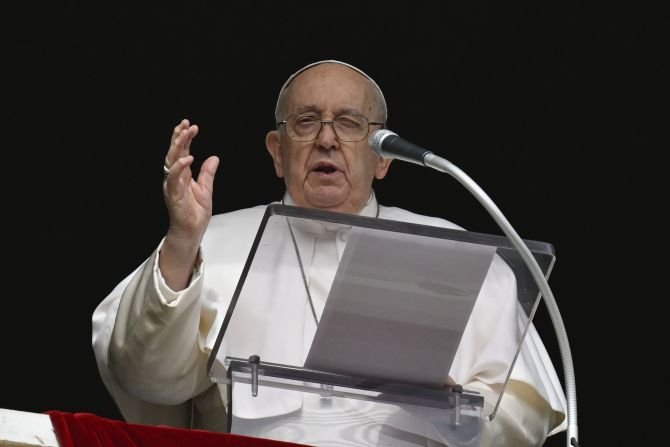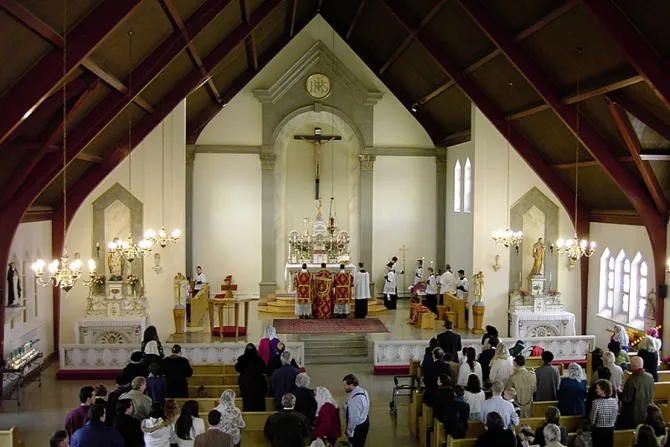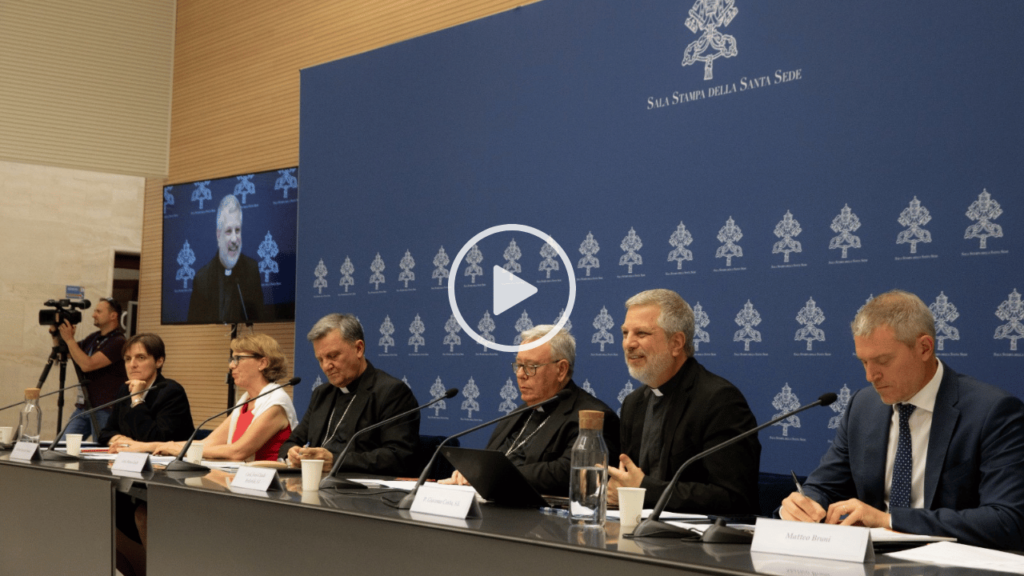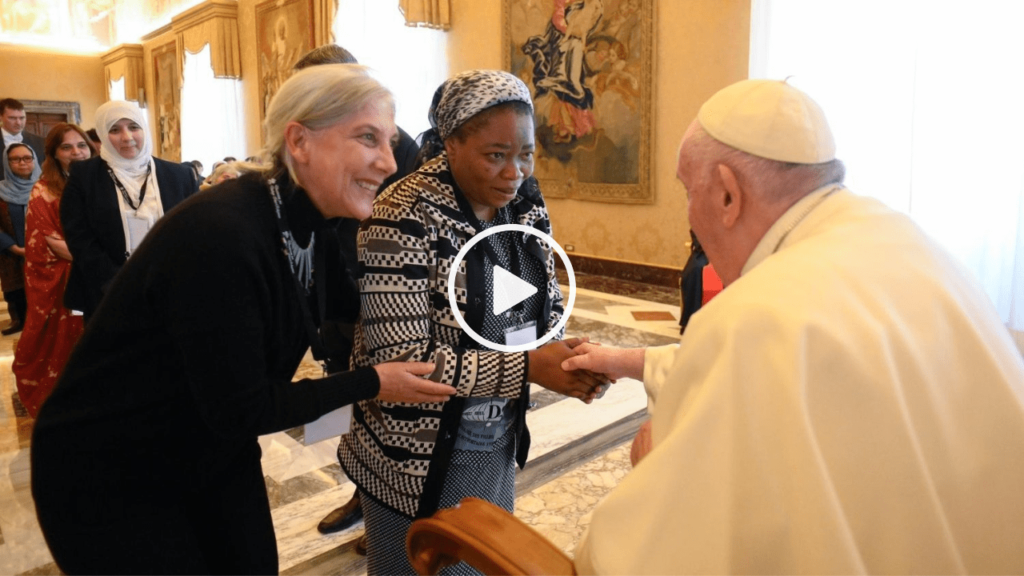Pope Francis will be visiting the country of Papua New Guinea from Sept. 6-9 as part of an 11-day, multi-country papal trip. But he won’t be the first pope to set foot on the South Pacific island nation — Pope John Paul II visited the island twice, in 1984 and 1995.
Papua New Guinea (PNG), situated on the eastern half of an island in the southwestern Pacific, is home to nearly 9 million people. (The other side of the island consists of two Indonesian provinces.) Considered one of the most ethnically diverse countries in the world, PNG is made up of hundreds of ethnic groups indigenous to the island with 851 Indigenous languages spoken in the country.
Nearly the entire island is made up of Christians with 26% of the population being Catholic.
John Paul II visited Papua New Guinea for the first time in May 1984 and paid tribute to the strength of Catholicism on the island. During his papal visit, he celebrated Masses for vocations, for the sick, and for evangelization. He also addressed the youth, the bishops, and the clergy, religious people, and laity.
In his Mass for vocations at Port Moresby Stadium, in the capital of Papua New Guinea, John Paul II highlighted the history of the missionaries who arrived to the island bringing the Catholic faith.
“At this moment, my thoughts turn in a particular way to the missionaries: to those who first brought Christ’s message to these islands and to those who continue to serve here today,” he said on May 7, 1984. “It is not possible to recount the whole story of the Gospel in Papua New Guinea, but I wish to pay homage to the sacred history of evangelization.”
The pope recalled the first attempt at evangelization by the Marists in 1847, who were forced to leave. They were followed five years later by the PIME missionaries, but they too were forced to leave after three years of work on the island.
It wasn’t until the arrival of the Missionaries of the Sacred Heart in 1882 did the island experience a new era of “uninterrupted evangelization,” John Paul II explained.
In 1885, the Missionaries of the Sacred Heart took their missionary work to a new area of the island, this time along the coastal area known as Papua. It was there, on July 4, that the “Holy Sacrifice of the Mass was offered to God for the first time on Papuan soil,” John Paul II recalled.
During his farewell ceremony from the island on May 10, 1984, the Holy Father said: “I have witnessed how the Catholic faith has taken deep root in this land and begun to bear fruit in generous measure. I see great hope for the future of the Church in Papua New Guinea.”
John Paul II returned to the island for a second time in 1995. This time it was to celebrate the beatification of Papua New Guinea’s first blessed — Peter To Rot.
Peter To Rot was a Papua New Guinea Catholic who served as a catechist in his village after their priest was taken by the Japanese army to a labor camp during World War II. The priest left To Rot in charge of catechizing the village and told him before he was taken: “Help them, so that they don’t forget about God.”
Despite Japanese oppression, To Rot worked in secret to keep the faith. He was a great defender of Christian marriage, working to defy Japanese law, which allowed men to take a second wife.
Toward the end of the war, the rules against religious freedom became even stricter, with any kind of prayer being forbidden. To Rot was arrested and sent to a manual labor camp in 1944 for his continual disobedience. In 1945 he was killed by lethal injection and is seen as a martyr of the Catholic faith.
In his beatification Mass on Jan. 17, 1995, John Paul II said that To Rot’s “witness to the Gospel inspired others, in very difficult situations, because he lived his Christian life so purely and joyfully.”
He added: “Blessed Peter understood the value of suffering. Inspired by his faith in Christ, he was a devoted husband, a loving father, and a dedicated catechist known for his kindness, gentleness, and compassion. Daily Mass and holy Communion, and frequent visits to Our Lord in the Blessed Sacrament, sustained him, gave him wisdom to counsel the disheartened and courage to persevere until death.”
The pontiff urged the faithful present that day to “remember Peter To Rot always. You must think always of his faith; you must think always of his life in the family; you must think always of his work as a catechist. Because Peter To Rot shows us the way. He shows the way to all of us, but especially to the families here in Papua New Guinea and to the youth and to all those men and women who preach the word of God to the people.”
This article was originally published by CNA.

